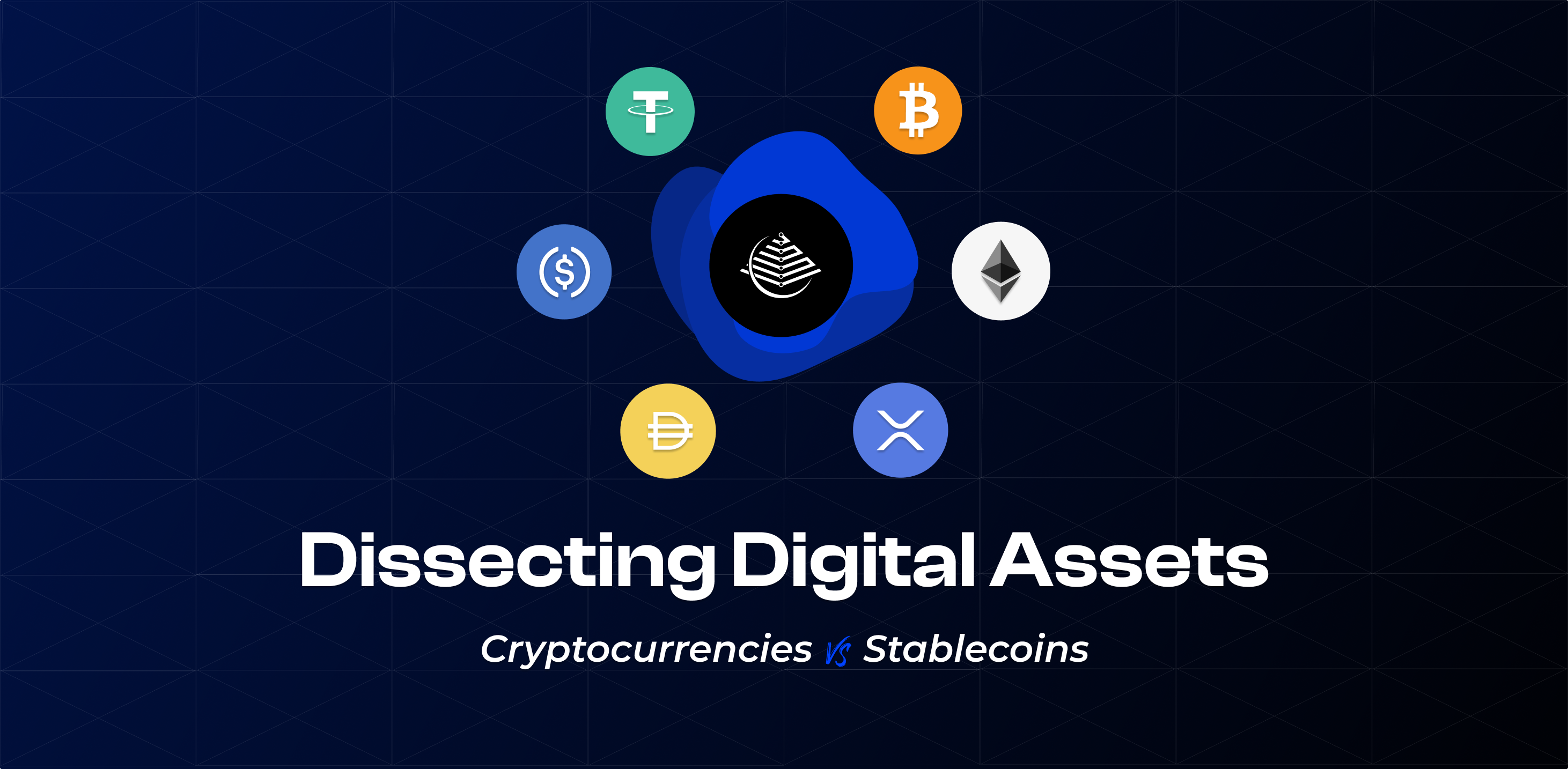These days, you can see a huge number of digital currencies. They are all different, but interesting in their own way. One of the most famous cryptocurrencies is USDT (Tether). Crypto traders use virtual coins such as Tether to make transfers between different cryptocurrencies, or to transfer their investments into or out of a fiat currency.
Are you interested in Tether, but don’t know whether to buy the coin or not? To make a decision, you need to study as much information about USDT as possible. Let’s find out together.
What is USDT?
United States Dollar Tether is the first and most popular stablecoin on the crypto market. It is a crypto token with a fixed price pegged to a fiat currency, in this case, the US dollar. USDT was released in 2014 by Tether Limited.
Tether was designed as a kind of bridge between fiat and cryptocurrency. It also offers users stability, transparency, and minimal fees. Important advantages of USDT are the absolute transparency of settlements and the high speed of transactions.
By analogy with conventional money tied to the dollar and euro, a stablecoin allows cryptocurrencies to be stored. As a result, you no longer need to be concerned about cryptocurrency price swings when sending transactions in dollars.
The advent of digital currency
Tether has its origins in J.R. Willett’s attempts to develop alternative cryptocurrencies based on the Bitcoin technology a decade ago. Willett made this concept a reality with Mastercoin, and in 2014, one of its original members co-founded Tether. When Tether was added to the BitFinex exchange in January 2015, it was used to provide liquidity.
Development of digital currency
In November 2014, the first Real coin token was renamed Tether. This happened after signing a partnership agreement with the Bitfinex exchange, as well as several startups that offered tools for working with cryptocurrency.
The digital coin was listed on the Bitfinex exchange in early 2015. A little later in the same year, Brock Pierce leaves the project, and the coin is listed on another exchange Roloniex.
The position of USDT was strengthened by the fact that it began to be accepted as a means of payment. Forex broker FxOpen announced that it is ready to receive payments to replenish deposits in USDT tokens.
In early 2018, tokens pegged to the dollar and euro, but running on the Ethereum blockchain, appeared. They immediately became available for purchase on the Bitfinex exchange. However, already at the end of January, the CFTC regulator filed a lawsuit in court with demands to confirm the company’s currency reserves, which provide the issued coins.
Now USDT is a liquid asset that is used for making payments, investing and other purposes. In terms of capitalization, Tether ranks 4th, second only to the recognized leaders.
Advantages and disadvantages of USDT
Unlike cryptocurrencies such as BTC, which are mined, USDT is not mined and is not decentralized. Instead, it is a centralized token that is issued and withdrawn from circulation through a process known as “burning” to balance the supply of tokens with user demand.
Buying and selling USDT for other cryptocurrencies, however, does not affect circulation. Tether does not have its blockchain. Instead, it offers tokens on blockchains such as Algorand, Avalanche, Ethereum, Polygon, Solana, and Tron. Tether, like any other digital asset, has its pros and cons. Let’s discuss them in more detail.
| Pros | Cons |
| Stable exchange rate | Mandatory KYC when depositing funds to company accounts |
| High liquidity | Centralized nature |
| Availability on different blockchains | Lack of independent audits |
| Significant capitalization | Problematic reputation |
| Easy to calculate |
The contradictions in the project are visible to the unaided eye:
- The constant value of USDT is backed by the real US dollar held in reserves by the developer. This allows to keep the coin rate clearly within the framework of 1 USD = 1 USDT. But the rate is still slightly off to the side. The question is that no one has ever seen these reserves and there is no data on the actual audit. It is also unclear what the developers earn if the coin’s rate is always stable. Demand gives birth to price growth, and in this case, the price doesn’t grow;
- At a constant price, the coin’s capitalization is steadily increasing. On the one hand, this provides the coin with a stable place in the TOP-30 ranking, but it contradicts the laws of economics;
- The consensus algorithm used is Proof-of-Solvency. So far, PoW and PoS algorithms remain close to optimal, other algorithms are far from perfect and look like an attempt to create something original, but not a working one.
Is it a good idea to invest in Tether?
Today’s discussion of USDT is still ongoing. Unlike some other forms of digital currency, Tether is a stablecoin, which means that it is backed by fiat currencies such as US dollars and euros and hypothetically holds a value equal to one of those denominations.
In theory, this means that the value of Tether should be more stable than other cryptocurrencies, and is preferred by investors wary of the extreme volatility of other coins. The documentation states that tokens can be sold on the Tether platform at any moment.
The guidelines further specify that Tether Limited is not required to convert its tokens into fiat money because USDT tokens are not money and are not monetary instruments. Additionally, it does not ensure such an exchange or offer protection from losses incurred when purchasing, selling, or redeeming.
Conclusion
Tether is a digital currency with a long history and individual characteristics. In simple terms, Tether is a stablecoin whose rate is pegged to the US dollar. 74% of tokens are backed by fiat. The exchange rate fluctuates within 0.1 USD.
The main advantages of USDT are low volatility, transparency, popularity, fast transfers, and low fees. The disadvantages include dubious security and a lack of mining opportunities. From an investment point of view, this currency should not be considered. It doesn’t increase in value and does not have large jumps in currency every day.






